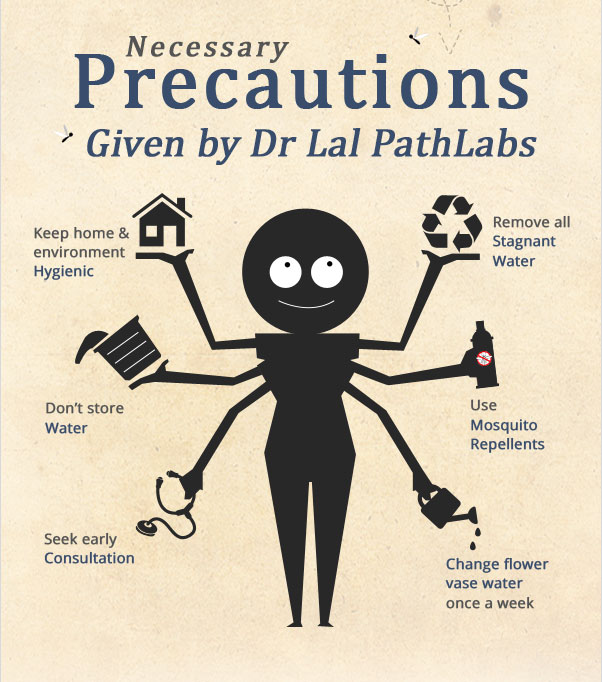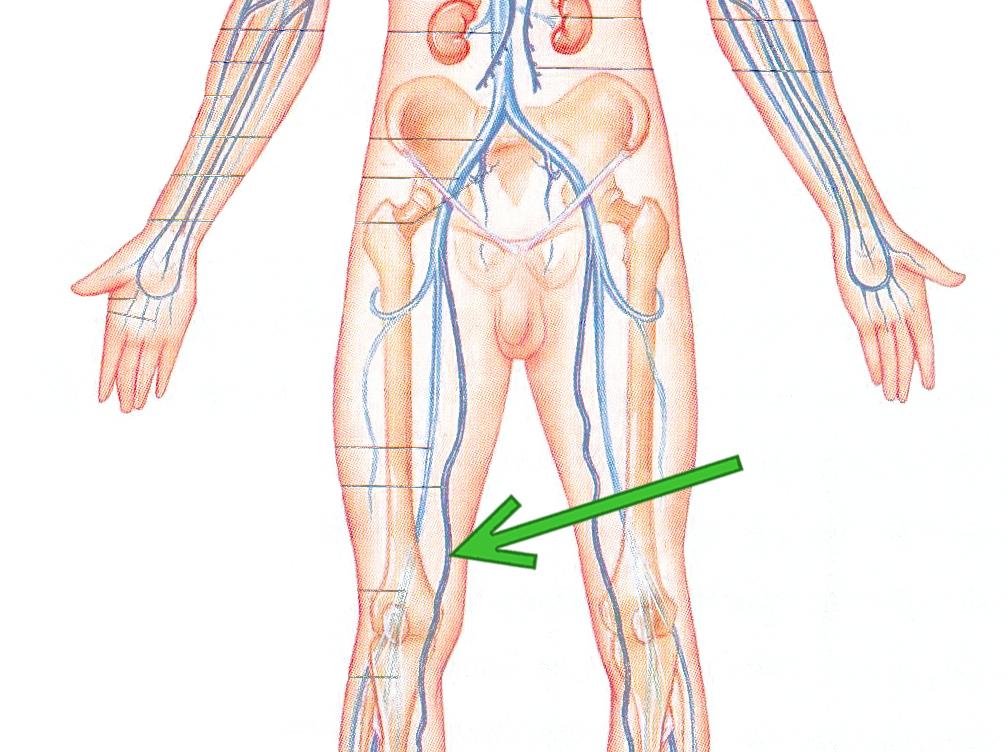Circulatory system circulatory system
Data: 1.03.2018 / Rating: 4.6 / Views: 868Gallery of Video:
Gallery of Images:
Circulatory system circulatory system
The human circulatory system consists of vessels, muscles and organs that help and control the flow of the blood and lymph around the body. It is collectively composed of the cardiovascular system and the lymphatic system with the heart, arteries, capillaries, veins and the blood being the main parts. Atherosclerosis Literally, hardening of the fatty stuff. High fat diets can lead to formation of fatty plaques lining blood vessels. These fatty areas can become calcified and hard leading to arteriosclerosis, hardening of the arteries. When blood vessels become less stretchable, blood pressure rises and. Without the circulatory system, the body cannot maintain homeostasis, which is the bodys way of managing a constant internal environment when dealing with external changes. For example, the body sustains a consistent pH and a steady body temperature during a hot summer day. Circulatory system: Circulatory system, system that transports nutrients, respiratory gases, and metabolic products throughout a living organism, permitting integration among the various tissues. The process of circulation includes the intake of metabolic materials, the conveyance of. While many believe the circulatory system to be a highway for blood, there is actually much more to this vital system. Here are some intriguing facts about this vast network of organs and vessels, also called cardiovascular system. The circulatory system includes the heart, arteries, veins and capillaries. Also known as the cardiovascular system, this network carries oxygen and The heart, blood vessels, and blood are the parts that make up the circulatory system, which is defined as a closed system of blood vessels for the transport of gasses and nutrients. One difference between circulatory and respiratory system is the main organ; in circulatory system it is the heart, and in the respiratory system, it is lungs. The human circulatory system functions to transport blood and oxygen from the lungs to the various tissues of the body. The heart pumps the blood throughout the body. The lymphatic system is an extension of the human circulatory system that includes cell. The circulatory system circulates blood by pulmonary and systemic circuits. These pathways transport blood between the heart and the rest of the body. Circulatory System Crossword 18 Circulatory System Quiz 19 Circulatory System Matching Quiz 20 The Cardiac 100 Project 21 Human Respiratory System: Class NotesHuman Respiration 22 Respiratory System Vocabulary 23. Circulatory system: The system that moves blood throughout the body. The circulatory system is composed of the heart, arteries, capillaries, and veins. This remarkable system transports oxygenated blood from the lungs and heart throughout the body via the arteries. Reptile Circulatory system: Modern reptiles do not have the capacity for the rapid sustained activity found in birds and mammals. It is generally accepted that this lower capacity is related to differences in the circulatory and respiratory systems. Before the origin of lungs, the vertebrate circulatory system had a single circuit: in the fishes, blood flows from heart to gills to body and. The circulatory system is composed of the heart and blood vessels, including arteries, veins, and capillaries. Our bodies actually have two circulatory systems: The pulmonary circulation is a short loop from the heart to the lungs and back again. The circulatory and respiratory systems work together to give the body the oxygen it needs. They also team up to get rid of carbon dioxide, which is a waste product in the body. The circulatory system includes the heart, a major muscle in the body, and the pathways to transport blood, which are the. The circulatory system consists of three independent systems that work together: the heart (cardiovascular), lungs (pulmonary), and arteries, veins, coronary and portal vessels (systemic). The circulatory system of fish is quite simple. It consists of a heart, blood, and blood vessels. The heart of a fish is a simple muscular structure that is located behind (and below) the gills. The blood circulatory system transports nutrients and oxygen throughout the body. The system is comprised of the heart and blood vessels. One primary function of the circulatory system is completed by pulmonary circulation. During pulmonary circulation, blood rich in oxygen is pumped into the left. Circulatory definition is of or relating to circulation or the circulatory system. How to use circulatory in a sentence. of or relating to circulation or the circulatory system; of or relating to the circulation of blood through the body Combined with the cardiovascular system, the circulatory system helps to fight off disease, helps the body maintain a normal body temperature, and provides the right chemical balance to provide. The circulatory system of a horse comprises the heart, blood, and blood vessels. Any disruption in its normal functioning can lead to minor or even major issues. Some of the common disorders that affect the circulatory system include bruises, excessive bleeding, anemia, arrhythmia, etc. How does the circulatory system work? Enjoy these interactive tutorials and quizzes on the anatomy and physiology of the different parts of the circulatory or cardiovascular system, using interactive animations and diagrams. The circulatory system involves the circulation of blood which serves to a site or sites where it can be oxygenated, and where wastes can be disposed. This quick workout is designed to build heat in the body and stimulate the circulatory system, which brings more blood flow and oxygen to the muscles, joints and tissue. chloe kernaghan, Time, This 10Minute Cardio Yoga Workout Will Help Make You More Flexible, 10 July 2018 Circulatory system The human circulatory system [1 is responsible for delivering food, oxygen, and other needed substances to all cells in all parts of the body while taking away waste products. Your circulatory system consists of the heart and blood vessels. It also includes about 5 liters of blood that your heart transports through your blood vessels. Located slightly to the left of the middle of your chest, the heart is made of strong muscle tissue and is protected by your rib cage. We see and hear about hearts everywhere. A long time ago, people even thought that their emotions came from their hearts, maybe because the heart beats faster when a person is scared or excited. Now we know that emotions come from the brain, and in this case, the brain tells the heart to speed up. The circulatory system is your heart and blood vessels, and its essential to keeping your body functioning. This finely tuned system carries oxygen, nutrients, electrolytes, and hormones. The key difference between circulatory system and lymphatic system is that the circulatory system is the organ system comprising of a network of organs and vessels that is responsible for the flow of blood, nutrients, hormones, oxygen and other gases to and from. circulatory [serkulahtore pertaining to circulation. circulatory system the major system concerned with the movement of blood and lymph, consisting of the heart, blood vessels, and lymphatic vessels. ) The circulatory system transports to the tissues and organs of the body the oxygen, nutritive substances, immune. The blood circulatory system (cardiovascular system) delivers nutrients and oxygen to all cells in the body. It consists of the heart and the blood vessels running through the entire body. The mammalian circulatory system is a closed system with double circulation passing through the lungs and the body. It consists of a network of vessels containing blood that circulates because of pressure differences generated by the heart. Paul Andersen surveys the circulatory system in humans. He begins with a short discussion of open and closed circulatory systems and 2, 3, and 4chambered hea The circulatory system is one of the most important systems in the body. This system performs all the essential functions of the human body. In order to keep the cardiovascular system hale and hearty, it is essential to fall a proper diet, exercise regimen and go for routine body analysis. How does the circulatory system work? What is the difference between arteries and veins? What are the parts of the human heart. The circulatory system delivers oxygen and nutrients to cells and takes away wastes. The heart pumps oxygenated and deoxygenated blood on different sides. The types of blood vessels include arteries, capillaries and veins. All cells in the body need to have oxygen and nutrients, and they need their. Let's start this quiz it will give you the differnet functions of the human circulatory system. Find out now how much do you know about it. Circulatory system definition, the system of organs and tissues, including the heart, blood, blood vessels, lymph, lymphatic vessels, and lymph glands, involved in circulating blood and lymph through the body. The circulatory system is a vast network of organs and vessels that is responsible for the flow of blood, nutrients, hormones, oxygen and other gases to and from cells. circulatory system Arteries (red) carry blood rich in oxygen from the heart to tissues of the body. Veins (blue) carry blood low in oxygen back to the heart. The system of structures in vertebrates consisting of the heart, blood vessels, and lymphatics, by which blood and lymph are circulated throughout the body. The working of the Human Heart. Do You Suffer From Poor Circulation Here's How To Solve The Problem In Only 30 Minutes Duration: 5: 02. Life Well Lived 2, 167, 598 views With the heart pumping 247, its crucial that things flow smoothly (pun intended! Unfortunately, this isnt always the case. The underlying reasons for circulatory system problems vary from your genes to your lifestyle. To combat this growing problem in the world. circulatory system, group of organs that transport blood and the substances it carries to and from all parts of the body. The circulatory system can be considered as composed of t An open circulatory system does not use as much energy to operate and maintain as a closed system; however, there is a tradeoff with the amount of blood that can be moved to metabolicallyactive organs and tissues that require high levels of oxygen. The circulatory and respiratory system interactions form the basis for supporting life in higher animals. The heart, arteries, veins, lungs and alveoli have to work together to supply the body with oxygen and get rid of carbon dioxide, the human respiratory system's form of waste. function of the circulatory system (1) transport materials heart (pump) antibodies waste, enzymes, glycogen (liver) lungs (oxygen, co 2, wastes) The circulatory system needs the digestive system because without it, it would not be able to distribute nutrients to the body. After all, the nutrients the digestive system makes would not exist! What Is The Circulatory System?
Related Images:
- Left behind 2013
- First love millionare
- Data recovery win
- The carrie diaries s01e05
- The underground kingdom
- Mass effect soundtrack
- Call of duty 6
- The holy koran
- Battlestar season 3
- House party 2
- Chicken run nl subs
- Party animals hawaii 5 0
- Anna sophia robb
- Sammy davis jr
- Saints and Soldiers 2003 720
- Cloudy with a Chance Meatballs 2 bluray
- King of the kill
- All natural 3
- The money diet
- My New White Stepdaddy 03
- Table no 21 hdrip
- The league s01e03
- Old man see
- Stand alone complex
- Step 7 64
- Dvdrip ita republic
- Now top 25
- Freezing anime xvid
- Windows 7 UPDATE
- Friends with benefits subs
- Legend of korra s02e07
- Two and a half men s08e03
- Jurassic park trilogy
- Boardwalk empire season 4 complete 720p
- Taxi no 9211
- RICHARD HAWLEY TRUELOVES GUTTER
- Samurai warriors katana wii
- Buscando a nemo latino
- Ladies vs ricky bahl 720p
- Cinderella ever after 1080p
- The chaser 2008
- Queen 2014 320 kbps
- Worlds most evil psychopaths
- Kardes payi 22
- Foxy brown oh yeah
- 1999 Girls Gone Wild
- The Hobbit nl subs
- Take it like a bitch boy cobra video
- Black ops 2 with dlc
- Monster hunter pc
- Real housewives of new jerse
- Mira sunset dual
- Football manager patch 14
- The caped crusader
- The next movie
- The way i am
- Baby got boobs alexis ford
- Video converter ultimate xilisoft serials fe
- Dawn of te
- Why we band
- Dell windows 7
- Agents of season
- Raws 4u maid
- Project A 2
- Alesana the emptiness
- Stand o food games
- Led zeppelin complete discography
- Under control calvin
- The wild the innocent and the e street
- Various artists summer 2014
- Microsoft sql server 2014 enterprise core
- Rhythm Of The Beast












